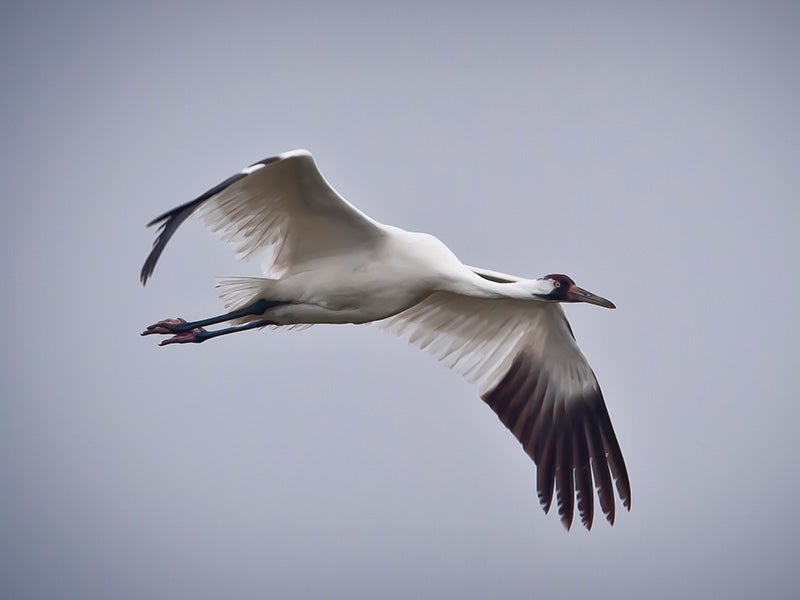I recently finished reading Walden, the 150th Anniversary Illustrated edition which I checked out from the library. We had visited Walden Pond in Concord, Massachusetts a number of years ago, but I knew that I had to go back and see the sites where the photos in the book had been taken. Our prior trip had been in the summer, when the beach was awash with locals as well as tourists. I read that in July and August over 200,000 people will visit the park. For anyone contemplating this trip, I highly recommend going in the winter, where the solitude of this not so remote pond can be better appreciated.
 |
| Snowshoes made the trip around the pond easier, and in some of the lesser traveled areas a necessity |
I began the walk in a counter clockwise direction. Here the path was well worn as it is the most direct route to the site of Thoreau's cabin. After a short detour up the Ridge Path, I returned to the Pond Path which passes Wyman Meadow and what is now named Thoreau's Cove. At this point there is a well-marked sign pointing the way to the cabin site.
The path then turns through the woods and climbs up a short hill.
As I reached the top, I could see that I was not the only one here. There was still a sense of tranquility as people photographed the granite foundation markers, or just rested in the comfort of the snow. We were all here for the same reason.
Henry David Thoreau was only twenty-eight when he built his cabin and decided to live alone in the woods for two years. In Walden he wrote "I am convinced, both by faith and experience, that to maintain one's self on this earth is not a hardship but a pastime, if we will live simply and wisely". By moving to Walden Pond he was able to live simply and thus became better connected to himself and the natural world.
 |
| Turning 180 degrees from the foundation markers there is a clear view of Walden Pond through the trees. |
As I was leaving the site, I saw a family that had just crossed the pond, pulling their children on a sled. I assume they were planning on visiting the cabin site as well.
 |
| I continued my counter clockwise walk around the pond, taking the Alternate Pond Loop which was less traveled. |
There is nothing extraordinary about this place, which is in fact, what makes it so special. There are no mountains to climb and no spectacular views, so I found myself taking more time to appreciate the simplicity of nature, such as a tree trunk covered in snow.
 |
| It looks like this tree has provided many meals for woodpeckers |
I welcome corrections to my guesses on the fungi and lichen in the pictures below. I definitely need to get an identification book.
 |
| Toothed polypore? |
 |
| Old Man in Tree |
| |
 |
| Shield Lichen? |
|
 |
| Turkey Tail Fungi? |
|
As I descended back down to the main path, the snow was quite deep and I appreciated my snowshoes.
A little later, I heard a rumbling. I initially thought it was a truck on the nearby highway, but then I saw that it was the commuter train from Fitchburg to Boston. Unlike Thoreau who bemoaned the railroad and its desire to keep expanding across the country, my heart skipped a beat when I saw the train, thinking how special it is to have withstood the test of time and still be running over 150 years later.
The Massachusetts Department of Conservation and Recreation has installed a wire fence around the entire shoreline to control erosion. The rust and the plants that have grown around it show that it has been here for some time and has now become part of the view. I was thinking to myself about the thousands of people that have walked this path and that there is probably probably nothing that I was seeing that had not already been observed or photographed by someone else; when, I saw something dark in the snow up ahead.
As I got closer I saw that it was a vole that had stopped to eat some seeds from a plant it must have dug up. I could not have been more excited than if I had seen a moose. It reminded me that Nature can always surprise and that I was the only person standing here at this point in time and capturing this special moment.
As I walked across the lake back to the parking area I was completely alone and thought about the words that the clerk in the Shop at Walden Pond had said to me when I asked if I could walk onto the lake. "Well, just remember that it is over one hundred feet deep and that no one will be looking for you if you fall in." I decided to take my chances.





































